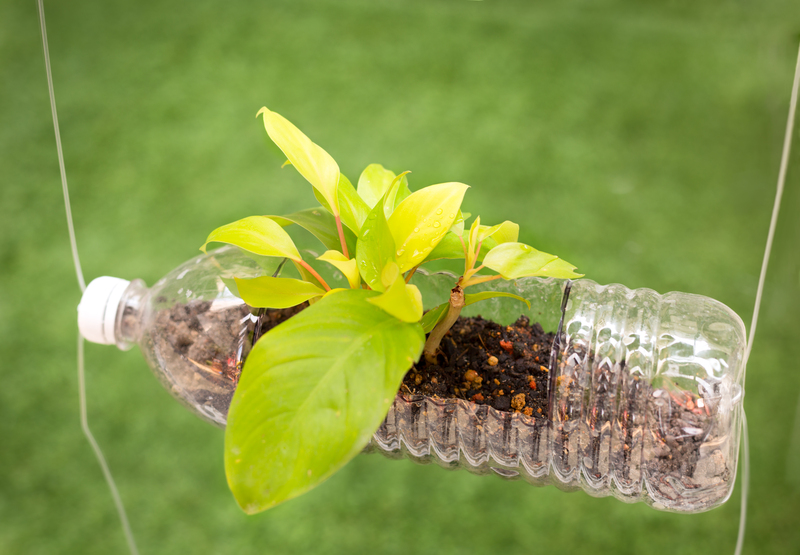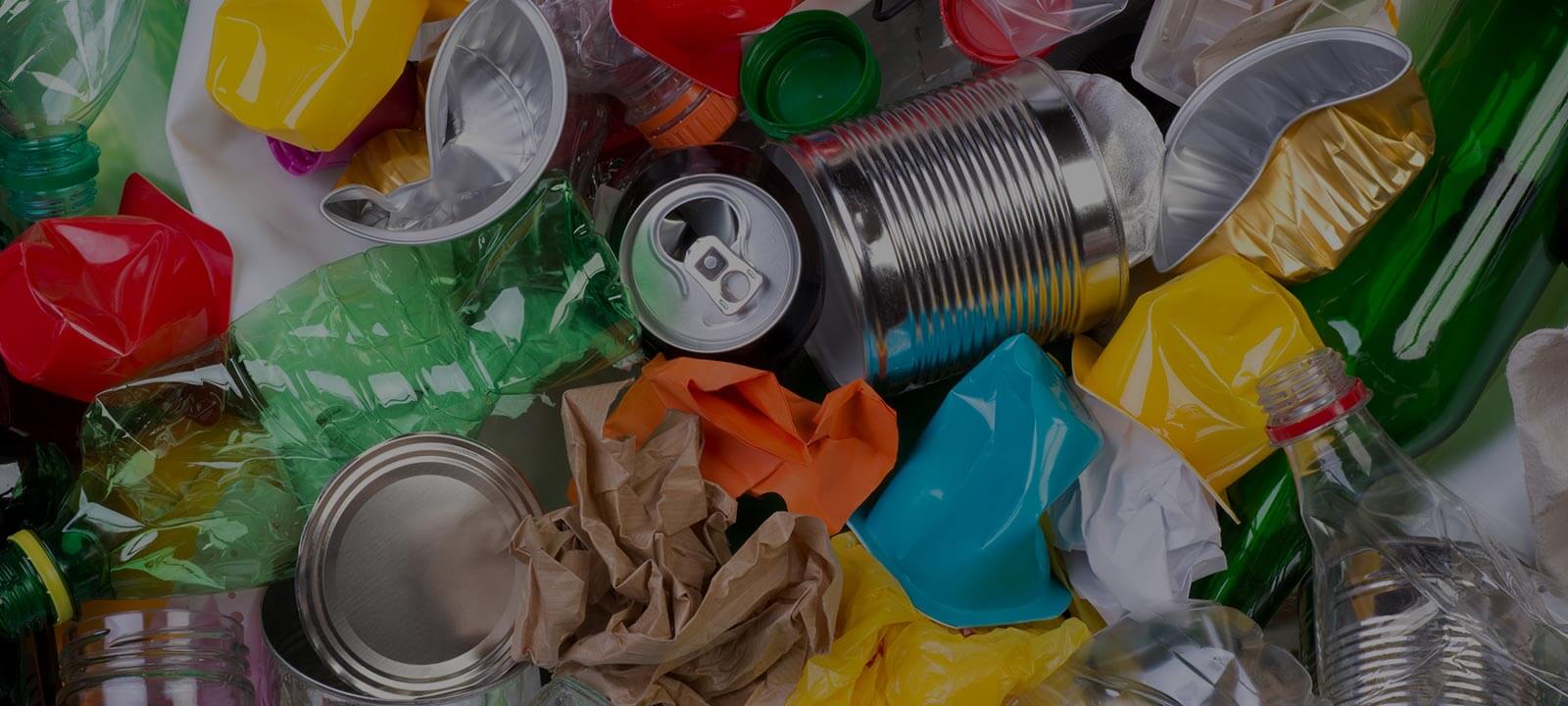Ocean Waste Solutions on the Horizon
Posted on 28/02/2025
The planet's oceans are currently facing an unprecedented crisis. Our seas have become inundated with waste, primarily plastic, which poses severe threats to marine life, ecosystems, and even human health. Fortunately, innovators and researchers are working tirelessly to develop effective solutions to address this growing problem. In this article, we will explore several innovative ocean waste solutions on the horizon, their pros and cons, tips for reducing ocean waste, key takeaways, and a concluding summary.
Innovative Technologies for Ocean Waste Management
New technologies are being developed to tackle ocean waste more efficiently. Among these are ocean-cleaning robots and barrier systems. These solutions are at various stages of research and implementation but show great promise.
Ocean Cleaning Robots: Autonomous drones and robots like The Ocean Cleanup's Interceptor are designed to collect plastic waste from rivers before it reaches the ocean. These machines can operate tirelessly, covering large areas, and collecting significant amounts of waste.
Barrier Systems: Floating barriers can contain and collect ocean waste in high-concentration zones. One of the popular barrier systems is The Ocean Cleanup's System 001/B, which operates in the Great Pacific Garbage Patch, gathering plastic waste for removal and recycling.

Breakthroughs in Biodegradable Materials
Another promising development in the fight against ocean waste is the creation of biodegradable materials. Traditional plastics take hundreds of years to decompose, but new biodegradable alternatives can break down much quicker and with less environmental impact.
Biodegradable Plastics: Companies are developing plastics derived from natural sources like corn starch or sugarcane, which can decompose in a matter of months under the right conditions. However, the disposal methods and degradation conditions need to be carefully managed to ensure they break down completely.
Edible Packaging: Innovators are also working on edible packaging options that could replace some types of single-use plastics. These materials are safe for consumption and break down naturally if left as waste.
Policy and Advocacy
Effective ocean waste solutions are not solely dependent on technology; legislation and advocacy also play crucial roles. Governments and organizations worldwide are enacting policies aimed at reducing plastic production and waste.
Plastic Bans: Many countries and cities have implemented bans on single-use plastics, such as straws, bags, and utensils. These bans help reduce the amount of plastic waste entering the ocean.
Extended Producer Responsibility (EPR): Policies that make producers responsible for the entire lifecycle of their products, including waste management, are gaining traction. EPR can incentivize companies to design more sustainable products and improve waste collection and recycling.
Community and Consumer Actions
Individuals and communities also play a critical role in combating ocean waste through daily action and behavior changes. Here are a few effective strategies:
Reduce, Reuse, Recycle: Adopting the three Rs in daily life can significantly reduce waste. Use reusable bags, bottles, and containers, and ensure proper recycling of materials.
Participate in Cleanups: Local clean-up events can have immediate and visible impacts on reducing ocean waste. Participating in or organizing clean-up drives helps keep local waterways and beaches clean.
Pros and Cons of Ocean Waste Solutions
While there are promising solutions on the horizon, it's important to assess their strengths and limitations.
Pros:
- Innovative technologies can cover large areas and collect significant amounts of waste.
- Biodegradable materials significantly reduce long-term environmental impact.
- Legislation and policies can enforce large-scale behavior change and systemic impact.
Cons:
- High initial costs for research, development, and implementation of new technologies.
- Biodegradable plastics still require proper disposal methods to ensure complete breakdown.
- Resistance to policy changes from industries and consumers may slow progression.
Tips for Reducing Ocean Waste
- Opt for reusable products and avoid single-use plastics whenever possible.
- Support and buy from companies that commit to sustainable practices.
- Educate yourself and others about the impact of ocean waste and effective solutions.
- Engage in local clean-up efforts and advocate for better waste management policies in your community.

Key Takeaways
- Ocean waste is a critical environmental issue that requires comprehensive solutions.
- Innovative technologies and materials offer promising avenues for reducing waste.
- Policy changes and consumer behavior adjustments are critical components of the solution.
- Everyone has a role to play in reducing ocean waste through everyday actions and advocacy.
Conclusion
Ocean waste solutions are multifaceted, involving groundbreaking technologies, sustainable materials, and crucial policy changes. While each approach has its pros and cons, the combined efforts of innovators, policymakers, and individuals offer hope for a cleaner, healthier ocean. By adopting more sustainable practices and supporting effective solutions, we can collectively work towards a future where ocean waste is significantly reduced, preserving our seas for generations to come.






